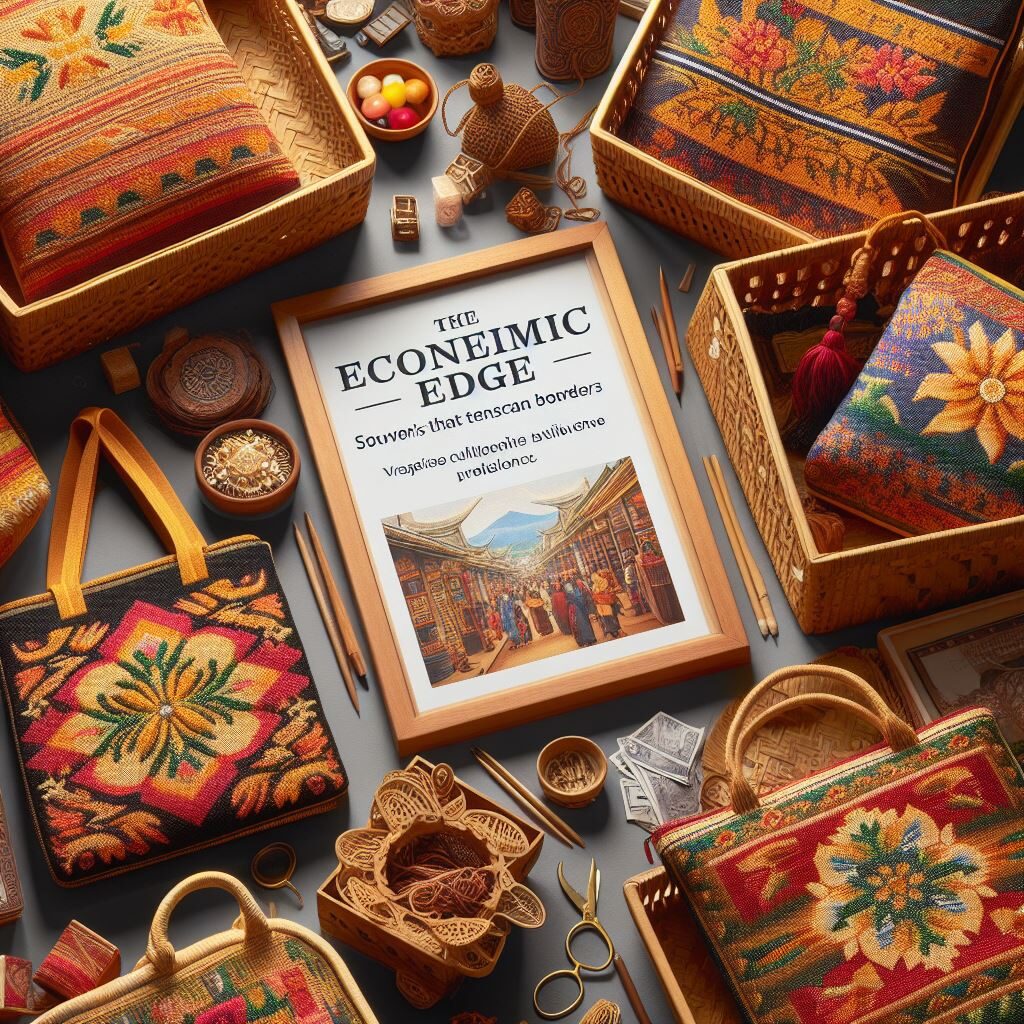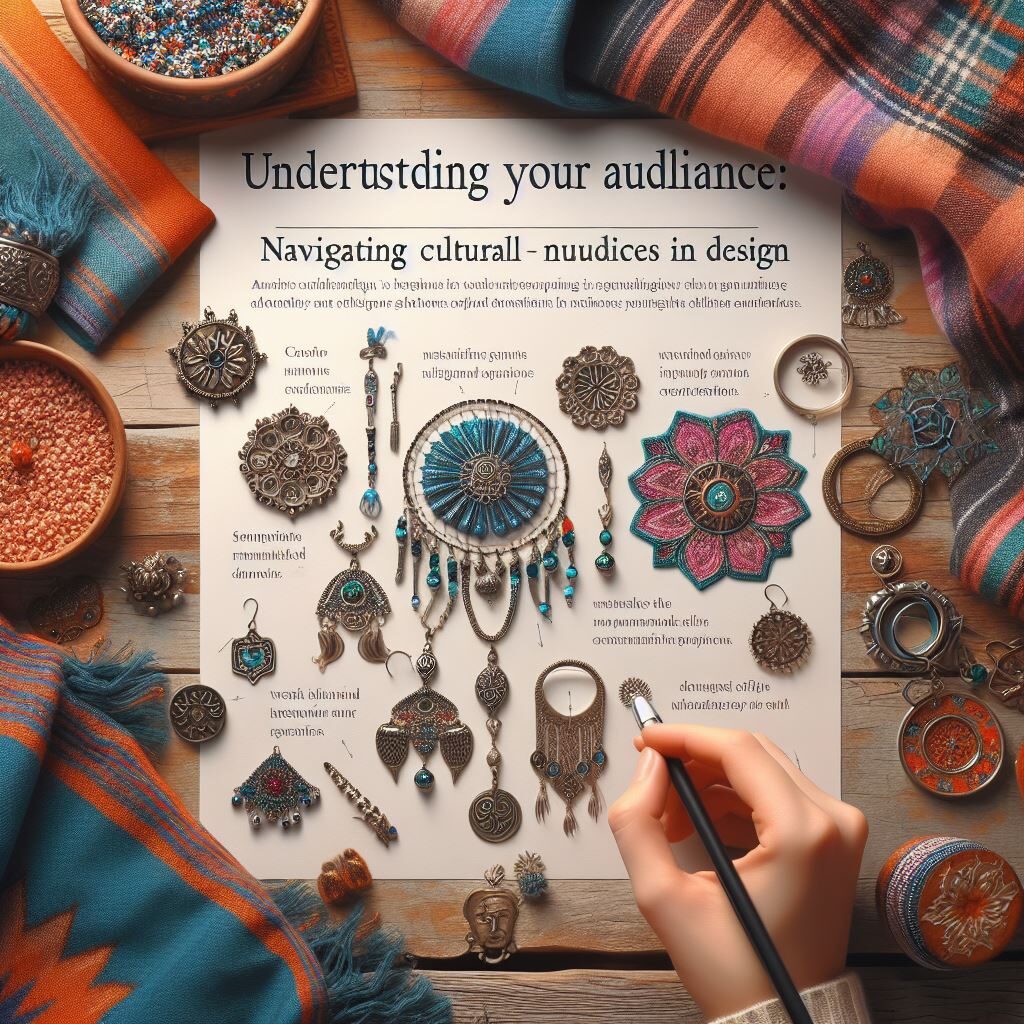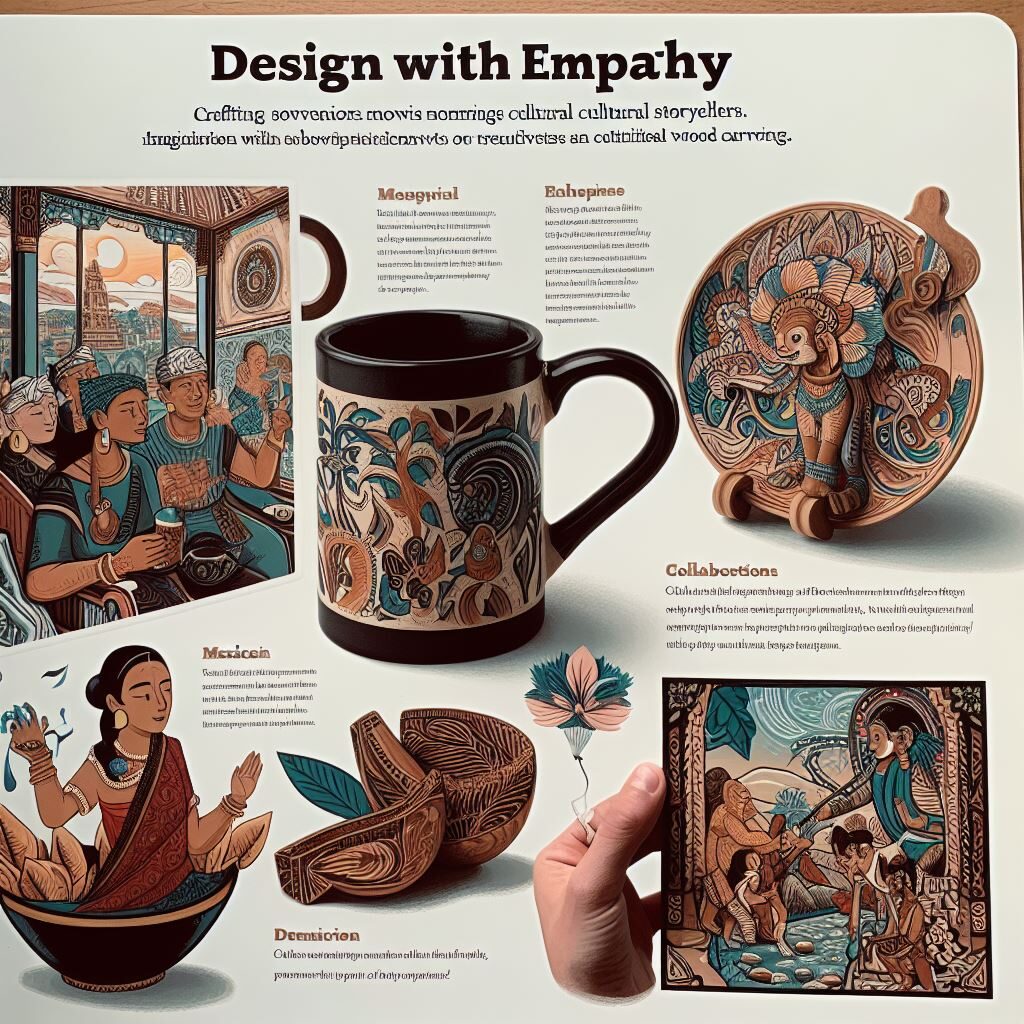Imagine browsing a bustling marketplace, each stall overflowing with vibrant trinkets and handcrafted treasures. But instead of generic “Made in Anywhere” keychains and dusty snow globes, the shelves whisper stories of local culture, their colors, and symbols speaking a language only those truly in tune can understand. This, my friends, is the magic of adapting souvenir craft designs to local customs and preferences. It’s about stepping beyond the tourist trap and forging a genuine connection with the communities you visit, weaving their unique essence into each piece you create.
Why Adapt? The Power of Cultural Nuances
Think of souvenirs not as mere mementos, but as miniature ambassadors. They carry the spirit of a place, whispering tales of tradition and everyday life. But a generic sombrero perched on your head in Tokyo might feel more like a costume than a cultural celebration. Adapting designs shows respect and understanding, bridging the gap between tourists and locals through a shared appreciation for the beauty and depth of each culture.
Avoiding Tourist Traps: Stepping Beyond Stereotypes

We’ve all seen them: the mass-produced Eiffel Tower keychains in Paris, and the endless rows of plastic leprechauns in Dublin. These tired tropes might sell, but they lack soul. True adaptation goes beyond clichés, delving into the heart of culture to find inspiration in its textiles, festivals, and folklore. Imagine hand-painted silk scarves echoing the intricate patterns of Moroccan tilework, or wooden sculptures capturing the mischievous spirit of Japanese Kitsune foxes. These are souvenirs that tell a story, ones you can proudly wear or display, knowing they’re more than just trinkets – they’re windows into another world.
Building Bridges, Not Clichés: Respect and Relevance

But adaptation isn’t just about aesthetics; it’s about sensitivity and awareness. Consider the cultural significance of colors, symbols, and even materials. A vibrant red scarf in China might symbolize celebration, while in India, it could represent mourning. Researching local customs is crucial, ensuring your designs resonate with, not against, the cultural fabric. Imagine intricately carved prayer beads made from sustainable local wood, or delicate silver jewelry adorned with symbols of prosperity revered in the region. These souvenirs become talismans of understanding, fostering a deeper connection that transcends mere commerce.
The Economic Edge: Attracting a Wider Audience

Adapting your designs isn’t just about doing the right thing; it’s also smart business. Culturally relevant souvenirs appeal to a wider audience, attracting not just tourists but also locals seeking authentic representations of their heritage. Imagine a line of hand-woven bags featuring traditional motifs, equally adored by tourists seeking unique souvenirs and locals looking for a stylish way to carry their cultural pride. It’s a win-win situation, boosting the local economy while enriching the experience for everyone involved.
Understanding Your Audience: A Deep Dive into Cultural Differences

To truly adapt, you need to step into the shoes of your audience. Delve into the nuances that make a culture unique.
- Color Psychology: Did you know that green in Islam symbolizes peace, while in Ireland it represents hope? Understanding the cultural language of colors can elevate your designs from eye-catching to meaningful.
- Symbolism Speaks: From the lotus flower in Hinduism to the Hamsa hand in Judaism, symbols carry powerful messages. Researching and incorporating these symbols into your designs shows respect and adds a layer of depth that resonates with locals.
- Religious Considerations: Be mindful of religious sensitivities. Avoid using sacred symbols flippantly or creating designs that might be considered offensive. Opt for subtle nods to faith, like incorporating prayer beads into jewelry or using geometric patterns inspired by religious architecture.
- Practicalities Matter: Size, function, and material all play a role. Consider the everyday needs of your audience. A beautifully carved wooden bowl might be impractical for a city dweller, while a lightweight scarf adorned with local motifs could be the perfect travel companion.
Design with Empathy: Tailoring the Craft

Now that you understand your audience, it’s time to weave their essence into your designs.
- Storytelling Through Souvenirs: Every craft tells a story. Use your designs to share the local narrative. Imagine hand-painted mugs depicting scenes from ancient myths, or embroidered scarves showcasing traditional dance patterns. These souvenirs become more than objects; they become miniature storytellers, preserving and sharing cultural heritage.
- Modern Twists on Tradition: Respecting tradition doesn’t mean being stuck in the past. Injecting a modern twist on classic designs can keep them relevant and appealing to a wider audience. Imagine traditional wood carvings reimagined as sleek, minimalist sculptures, or vibrant tapestries woven with contemporary patterns inspired by local landscapes.
- Collaboration: Partnering with Local Artisans: Working hand-in-hand with local artisans is not just ethical, it’s enriching. Their skills and knowledge are invaluable, ensuring authenticity and preserving traditional techniques. Imagine learning the art of batik painting from Balinese artisans, or collaborating with Mexican woodcarvers to create exquisite animal figurines with a modern twist. These partnerships not only benefit your designs but also empower local communities, fostering cultural exchange and economic growth.
Sustainable Souvenirs: Eco-Conscious Choices
In today’s world, responsible tourism is essential. Choose materials and production methods that minimize environmental impact. Imagine using recycled cloth to create colorful patchwork bags, or sourcing wood from sustainably managed forests for your carvings. Opting for eco-friendly practices shows you care about the environment and the future of the communities you visit, making your souvenirs even more meaningful.
Case Studies: Seeing It in Action
Let’s take a peek at how adaptation has breathed new life into traditional crafts around the world:
- From Kimonos to Kokeshi Dolls: In Japan, the iconic kimono has been reimagined as stylish scarves and clutches, featuring delicate floral patterns and bold geometric prints. Similarly, traditional Kokeshi dolls have been updated with contemporary outfits and hairstyles, captivating a new generation of collectors.
- Moroccan Mosaics: The vibrant tilework of Morocco adorns not just palaces but also modern homeware and jewelry. Plates and coasters decorated with intricate mosaic patterns add a touch of exotic charm to any table, while mosaic earrings become wearable pieces of art.
- Mexican Alebrijes: These fantastical creatures, traditionally made from papier-mâché, are now crafted from recycled paper and discarded materials, giving them a new lease on life while promoting sustainability. Imagine vibrant Alebrije magnets adorning your fridge, reminding you of Mexico’s colorful spirit.
Measuring Success: Tracking Engagement and Impact
So, how do you know your adaptations are resonating? Gather feedback from locals and tourists alike. Engage in conversations, listen to their stories, and understand their perception of your designs. Positive feedback from locals is a true mark of success, indicating respect and appreciation for their cultural heritage.
- Tourist Feedback: Listen to their stories. Do your souvenirs spark conversations about the local culture? Do they leave a lasting impression that goes beyond the souvenir itself?
- Local Appreciation: Building community ties. Do your designs resonate with the local community? Do they feel their culture is represented authentically and respectfully?
- Economic Growth: Boosting artisan livelihoods. Have your collaborations with local artisans empowered them economically? Has your business contributed to the sustainable development of the community?
Conclusion: More Than Just a Souvenir, a Cultural Connection
In a world filled with mass-produced trinkets, adapting souvenir craft designs becomes a powerful act of cultural connection. It’s about stepping beyond stereotypes, embracing uniqueness, and weaving stories of respect and understanding into each thread, each brushstroke, each carving. When you choose adapted souvenirs, you’re not just buying an object; you’re investing in a cultural exchange, supporting local communities, and preserving precious traditions for generations to come. So, the next time you find yourself browsing a bustling marketplace, let the whispers of culture guide you. Choose not just a souvenir, but a story, a bridge, a connection. Because in the end, that’s what truly makes travel unforgettable.
FAQs:
- Q: How do I research local customs without being intrusive? A: Start by doing your homework! Read guidebooks, travel blogs, and academic articles about the place you’re visiting. Seek out cultural centers and museums. Most importantly, engage with locals respectfully, asking questions and showing genuine interest in their traditions.
- Q: Can adaptation ever be disrespectful to a culture? A: Absolutely. Avoid appropriating sacred symbols or exploiting cultural heritage for commercial gain. Always prioritize authenticity and respect. Collaboration with local artisans is key to ensuring sensitivity and cultural relevance.
- Q: How can I balance tradition with modern appeal? A: It’s a delicate dance! Look for subtle ways to inject contemporary elements without compromising the essence of the traditional craft. Collaborating with young local designers can offer fresh perspectives while honoring time-honored techniques.
- Q: Where can I find local artisans to collaborate with? A: Local markets, community workshops, and art centers are great starting points. Don’t hesitate to ask around or even post online seeking collaborations. Remember, building relationships takes time and trust, so be patient and respectful in your interactions.
- Q: How can I measure the impact of my adapted souvenirs? A: Gather feedback from tourists and locals alike. Track sales figures and monitor online reviews. Engage with the community by attending cultural events and showcasing your collaborative efforts. Ultimately, the most significant measure of success is the positive impact you have on the lives of the artisans and the community you represent through your designs.
Remember, adapting souvenir crafts is not just a business




